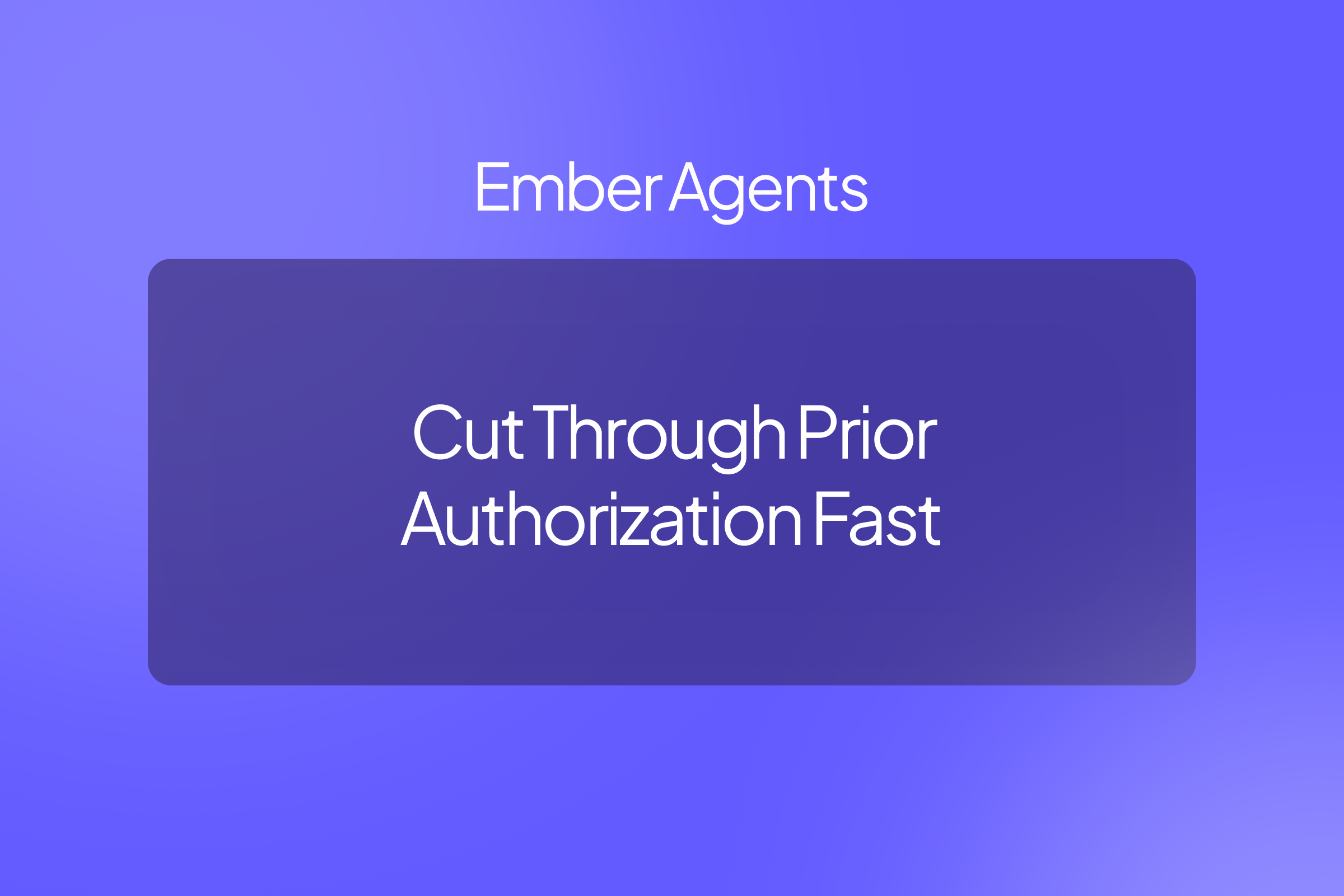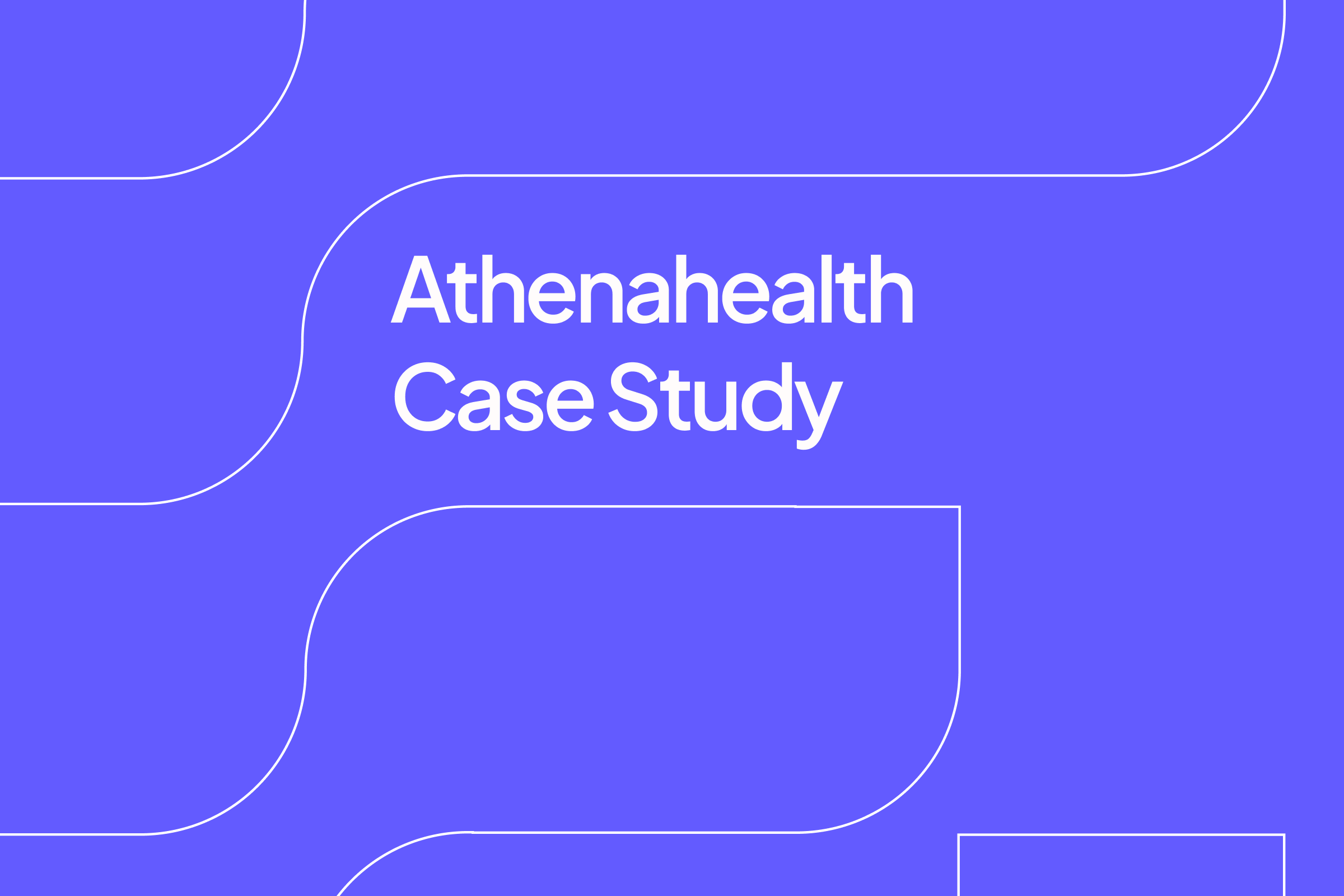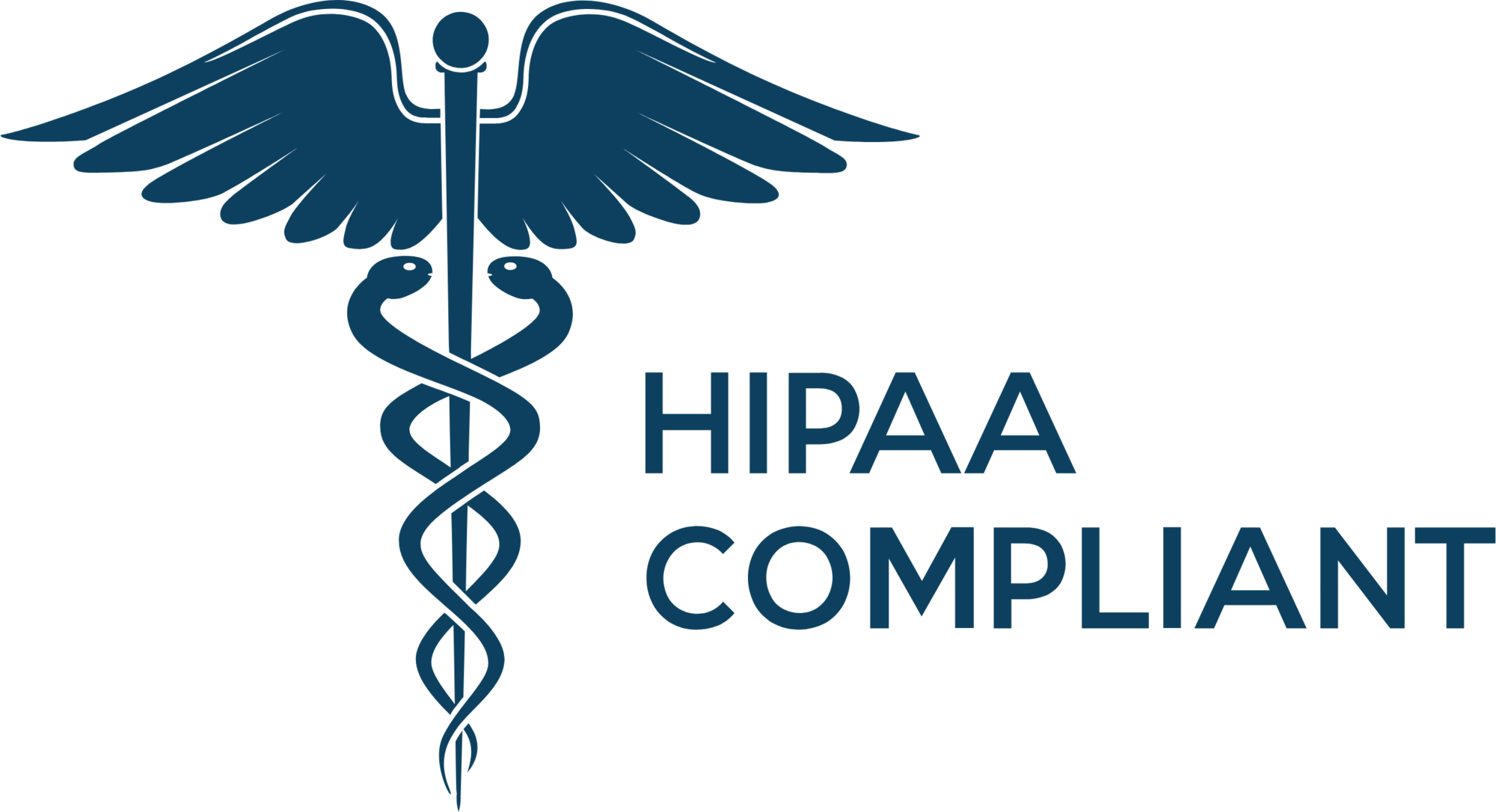
Unraveling the Mysteries of Denial Codes
In today's complex healthcare landscape, understanding denial codes is crucial for maintaining healthy revenue cycles and ensuring smooth operations. These codes serve as a vital communication bridge between healthcare providers and insurance companies, indicating why claims have been denied or adjusted.
The Fabric of Denial Codes: CO, PR, CR
Denial codes are structured into distinct categories, each serving a specific purpose in the claims process:
- CO (Contractual Obligations): These represent adjustments based on contractual agreements between providers and payers
- PR (Patient Responsibility): Indicates portions of the claim that are the patient's financial responsibility
- CR (Correction and Reversals): Used for correcting or reversing previous claim decisions
Challenges That Besiege Manual Handling of Denial Codes
- Manual review challenges: Time-intensive processes consume staff resources and delay revenue collection.
- Human Error: High chance of human error in code interpretation, resulting in incorrect resubmissions.
- Payer-specific complexity: Complex and ever-changing payer requirements complicate coding processes.
- Denial patterns: Difficulty tracking trends and identifying root causes of denials.
- Staff burnout: Repetitive denial management tasks contribute to workforce fatigue.
- Proactive prevention: Limited capability to implement strategies for preventing denials.
- Revenue delays: Lengthy appeal processes prolong the revenue cycle.
- Inconsistent documentation: Varying documentation standards across departments cause inefficiencies.
Decoding Key Billing Denial Codes and the Ember Copilot Advantage
Contractual Obligations (CO)
CO-1: Deductible Amount Key highlight: Indicates the amount that must be paid by the patient before insurance coverage begins.
CO-4: The procedure code is inconsistent with the modifier used Key highlight: Review modifier usage and ensure proper documentation supports the modifier.
CO-5: The procedure code/type of bill is inconsistent with the place of service Key highlight: Verify service location codes match the procedure performed.
CO-6: The procedure/revenue code is inconsistent with the patient's age Key highlight: Ensure age-appropriate procedure codes are used.
CO-8: The procedure code is inconsistent with the provider type/specialty Key highlight: Verify provider credentials match the services billed.
CO-9: The diagnosis is inconsistent with the patient's age Key highlight: Review diagnosis codes for age appropriateness.
CO-11: The diagnosis is inconsistent with the procedure Key highlight: Ensure diagnosis supports medical necessity for the procedure.
CO-15: The authorization number is missing, invalid, or does not apply to the billed services Key highlight: Verify prior authorization requirements and documentation.
CO-22: This care may be covered by another payer per coordination of benefits Key highlight: Check for other insurance coverage and proper COB filing.
CO-23: The impact of prior payer(s) adjudication including payments/adjustments Key highlight: Review previous payer adjustments and coordinate benefits properly.
CO-26: Expenses incurred prior to coverage Key highlight: Verify coverage effective dates before service delivery.
CO-27: Expenses incurred after coverage terminated Key highlight: Confirm active coverage at time of service.
CO-29: The time limit for filing has expired Key highlight: Submit claims within payer's timely filing requirements.
CO-39: Services denied at the time authorization/pre-certification was requested Key highlight: Review authorization denial reasons and appeal if necessary.
CO-45: Charge exceeds fee schedule/maximum allowable Key highlight: Review contracted rates and fee schedules.
CO-50: These are non-covered services because this is not deemed a medical necessity Key highlight: Ensure documentation supports medical necessity.
CO-55: Procedure/treatment is deemed experimental/investigational Key highlight: Verify coverage policies for experimental procedures.
CO-59: Processed based on multiple or concurrent procedure rules Key highlight: Review proper coding for multiple procedures.
CO-97: Payment adjusted because diagnosis not consistent with procedure Key highlight: Match diagnosis codes to support procedure medical necessity.
CO-104: Managed care withholding Key highlight: Review managed care contract terms.
CO-107: The related or qualifying claim/service was not identified on this claim Key highlight: Ensure proper linking of related services.
CO-122: Submitted documentation does not support the level of service Key highlight: Review documentation requirements for service levels.
CO-167: This (these) diagnosis(es) is (are) not covered Key highlight: Verify covered diagnoses under patient's plan.
CO-222: Exceeds the contracted maximum number of hours/days/units Key highlight: Monitor service utilization against contract limits.
CO-242: Services not provided by network/primary care providers Key highlight: Verify network status before service delivery.
Patient Responsibility (PR)
PR-1: Deductible Amount Key highlight: Patient's responsibility before insurance coverage begins.
PR-2: Coinsurance Amount Key highlight: Patient's share of costs after deductible.
PR-3: Co-payment Amount Key highlight: Fixed amount patient pays for specific services.
PR-22: This care may be covered by another payer per coordination of benefits Key highlight: Check for primary insurance coverage.
PR-23: The impact of prior payer(s) adjudication including payments/adjustments Key highlight: Review other insurance payments and adjustments.
PR-27: Expenses incurred after coverage terminated Key highlight: Verify active coverage dates.
PR-40: Charges do not meet qualifications for emergent/urgent care Key highlight: Review emergency service requirements.
PR-55: Procedure/treatment is deemed experimental/investigational Key highlight: Verify coverage for experimental procedures.
PR-59: Processed based on multiple or concurrent procedure rules Key highlight: Review coding for multiple procedures.
PR-167: This (these) diagnosis(es) is (are) not covered Key highlight: Check covered diagnoses under patient's plan.
PR-204: Service/Equipment/Drug not covered under plan Key highlight: Verify benefits before service delivery.
PR-227: Information requested from patient not provided Key highlight: Follow up on missing patient information.
PR-242: Services not provided by network/primary care providers Key highlight: Confirm network status requirements.
Other Adjustments (OA)
OA-1: Claim/service denied Key highlight: Review denial reason and appeal if appropriate.
OA-22: This care may be covered by another payer per coordination of benefits Key highlight: Verify primary insurance coverage.
OA-23: Funds have been recovered through an internal audit Key highlight: Review internal documentation practices.
OA-27: Expenses incurred during a waiting period Key highlight: Check policy waiting period requirements.
Provider Issues (PI)
PI-4: The procedure code is inconsistent with the modifier used Key highlight: Review modifier usage guidelines.
PI-11: The diagnosis is inconsistent with the procedure Key highlight: Match diagnosis codes to procedures.
PI-16: Claim/service lacks information or has submission/billing error(s) Key highlight: Review claim submission requirements.
PI-18: Duplicate claim/service Key highlight: Check for previous claim submissions.
PI-22: This care may be covered by another payer per coordination of benefits Key highlight: Verify primary insurance coverage.
PI-27: Expenses incurred after coverage terminated Key highlight: Confirm coverage dates.
PI-29: The time limit for filing has expired Key highlight: Monitor timely filing deadlines.
PI-45: Charge exceeds fee schedule/maximum allowable Key highlight: Review contracted rates.
PI-252: An attachment/other documentation is required to adjudicate this claim/service Key highlight: Submit required documentation.
How Ember Copilot Can Help
Ember Copilot stands at the forefront of denial management innovation, offering a comprehensive solution that transforms how healthcare providers handle claim denials. Through its advanced AI-powered technology, Ember Copilot delivers sophisticated code interpretation and analysis capabilities that significantly reduce processing time and improve accuracy. The platform excels in real-time denial pattern recognition and trending, enabling healthcare providers to identify and address potential issues before they become significant problems.
The system's automated workflow optimization streamlines the entire denial management process, while its intelligent appeal letter generation feature ensures timely and accurate responses to denials. With predictive analytics for denial prevention, Ember Copilot helps providers stay ahead of potential claim issues. The platform's customizable dashboards provide clear visibility into performance metrics, while seamless integration with existing billing systems ensures smooth implementation. Through comprehensive reporting and analytics, healthcare providers gain valuable insights that drive continuous improvement in their revenue cycle management.
Why Choose Ember for Denial Management
Ember represents the pinnacle of innovation in healthcare revenue cycle management, bringing together cutting-edge technology and deep industry expertise. At its core, Ember's platform leverages industry-leading AI technology specifically designed for healthcare revenue cycle operations, enabling unprecedented accuracy and efficiency in denial management. The platform's comprehensive denial prevention strategies work proactively to reduce denial rates, while its streamlined appeals process accelerates resolution times and improves success rates.
Through real-time analytics and insights, healthcare providers gain immediate visibility into their revenue cycle performance, enabling data-driven decision-making and strategic improvements. Ember's dedicated support team of healthcare experts ensures that providers have access to specialized knowledge and guidance whenever needed. The platform continues to evolve through regular updates and improvements, adapting to the changing healthcare landscape and incorporating new features based on user feedback. Whether for small practices or large healthcare systems, Ember's customizable solutions scale to meet specific organizational needs, ultimately delivering enhanced revenue cycle performance that drives business success.
Lynn Hsing is a recognized leader in healthcare marketing. Having worked closely with health systems and providers, Lynn brings a nuanced understanding of the challenges they face — from administrative burden and claim denials to reimbursement delays and staff shortages. This firsthand insight has shaped Lynn’s ability to translate complex AI solutions into meaningful value for healthcare organizations.








